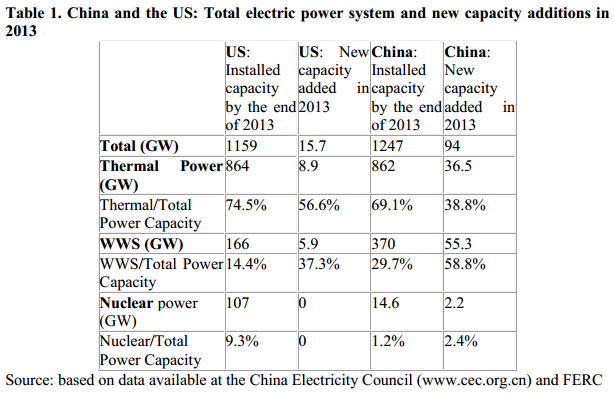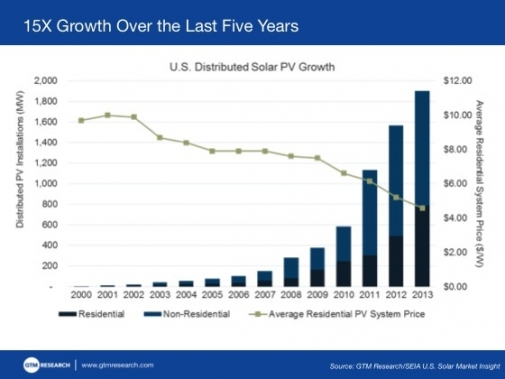Nuclear Power
The mainstream media, in this case the Orange County Register, has finally taken note of a lawsuit filed by dozens of U.S. sailors aboard the aircraft carrier USS Ronald Reagan alleging they have suffered health effects from Fukushima radiation. The ship provided assistance to Japan in the immediate aftermath of the Fukushima accident, but was forced to move away from the area when radiation levels became excessive. The prospect of the suit being successful is at best unclear, but the reality that U.S. servicemembers were directly threatened–and charge that they were directly affected–by Fukushima radiation has not received the attention it deserves. Hopefully this quite fair article will encourage other media outlets to look at the story too.

NIRS ex-officio board member Vladimir Sliviak, director of Russia’s Ecodefense (NIRS/WISE partner in Russia), is interviewed on nuclear power in the Baltic region and expresses his concern that possible Russian war actions in Eastern Ukraine could endanger Ukrainian reactors, among other topics.
Clean Energy
China’s Renewable Energy Revolution Has Global Implications. Long and important article from CleanTechnica on what is really happening in the Chinese energy sector. And that is renewables. China is now the world’s largest producer of electricity. And it is investing huge amounts of money in renewables, which already account for nearly 30% of the nation’s installed generation capacity and 20% of actual generation. Absolutely startling is that China’s renewable energy capacity is nearly as large as the total electric generation capacity of Germany and France–combined.

As for China’s supposed love affair with nuclear power–at least according to nuclear supporters? At the end of 2013, nuclear accounted for only 1.2% of China’s installed generation capacity, and in terms of actual generation wind power alone provided more electricity than nuclear over the year.
True, China is still building fossil fuel plants and nuclear reactors; but the country is investing more money on upgrading its electrical grid to accommodate more renewables and on renewables themselves, than any other energy sources. The country isn’t there yet–there is far too much fossil fuel generation that is causing deadly air pollution, a factor that already is limiting growth in that sector. And while it does not appear that nuclear power will ever be a significant contributor to China’s electrical system (i.e., it’s not likely to ever reach the 20% level of the U.S. of a few years ago), that could still mean the construction of quite a few new reactors. But the trend toward renewables in China is clear and growing–and that’s a good sign for the rest of the world too.

The U.S. may be playing catch-up to China when it comes to renewables (especially windpower) but the U.S. is making a pretty good game of it too. Hundreds of millions of dollars are pouring into solar power firms to finance the installation–most often through popular leasing models–of new rooftop solar systems. A record 1.9 GW of distributed solar was installed in the U.S. last year (one report says that there are now 100,000 rooftop solar systems in place in Northern California alone), and the amount of such solar has grown 15 times just in the past five years as prices continue to drop. With this kind of financing available, the market should continue this rapid growth level for the foreseeable future.
Headlines last week sounded worrisome–global spending on renewables dropped in 2013 by 14%. Some took that to mean that the renewables industry is suffering a downturn. And, in fact, there was a slight drop in new renewable energy installations overall. But a look behind the numbers shows a very different story: a main reason for the drop in spending was the drop in solar costs. In other words, people were spending less but buying more solar power. And indeed, the article points out “Photovoltaic installations last year surged 26 percent to 39 gigawatts, the most ever, even as solar investment dropped 23 percent to $104 billion.” Ulf Moslener, a professor at the Frankfurt School of Finance & Management, described it this way, “A nice comparison would be the telecom industry,” Moslener said. “Wasn’t there a time at the beginning when it was very expensive? The costs went down, and that didn’t necessarily mean the end of cellphones.” No, it didn’t. In fact, when costs went down, cellphone use skyrocketed–and that’s the projection for solar power too.
Moving on to wind power, costs are dropping there too, by 43% over the past four years according to the Department of Energy. And now, for the first time, wind power globally–even without subsidies–has reached “grid parity” with natural gas, meaning that both cost about the same to produce: $84/MWh of electricity.
Michael Mariotte
April 8, 2014
Permalink: https://www.nirs.org/2014/04/08/nuclear-newsreel-tuesday-april-8-2014/
You can now support GreenWorld with your tax-deductible contribution on our new donation page here. We gratefully appreciate every donation of any size–your support is what makes our work possible.
Comments are welcome on all GreenWorld posts! Say your piece above. Start a discussion. Don’t be shy; this blog is for you.
If you like GreenWorld, you can help us reach more people. Just use the icons below to “like” our posts and to share them on the various social networking sites you use. And if you don’t like GreenWorld, please let us know that too. Send an e-mail with your comments/complaints/compliments to nirs@nirs.org. Thank you!
Note: If you’d like to receive GreenWorld via e-mail daily, send your name and e-mail address to nirs@nirs.org and we’ll send you an invitation. Note that the invitation will come from a GreenWorld@wordpress.com address and not a nirs.org address, so watch for it.



